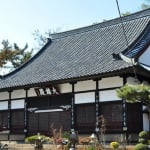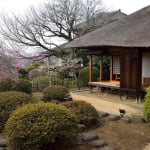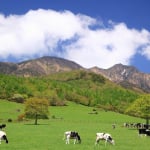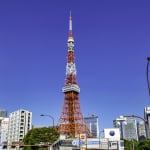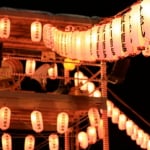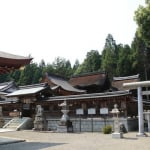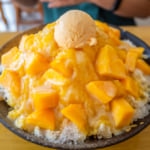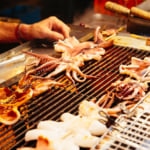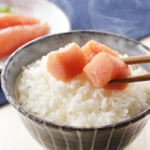Photo by Artit Wongpradu/Shutterstock
Go Beyond Kobe Beef with These Different Types of Japanese Wagyu
Deliciously marbled slabs of beef, Japanese Wagyu is an art-form of cattle-rearing and an unparalleled taste with its iconic buttery melt-in-the-mouth texture.
For most tourists visiting the Land of the Rising Sun, Kobe beef is a must-try, a luxury dinner that's worth every yen. However Kobe wagyu is just one of several types of high quality kinds of wagyu in Japan and isn't even the most premium of them. If you're looking to venture a little further into the wonderful world of wagyu, here are some alternatives to 'Kobe beef'.
table of contents
[x] close
Go Beyond Kobe Beef with These Different Types of Japanese Wagyu
Japanese Black Wagyu and other Cattle
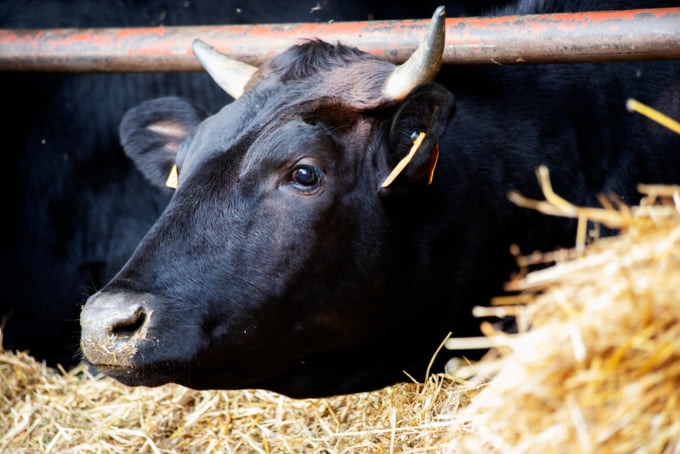
Photo by Perpis/Shutterstock
Japanese wagyu is raised from four different breeds, Japanese Black, Japanese Polled, Japanese Brown and Japanese Shorthorn, with Japanese Black producing most of the wagyu in Japan (around 90%). Each cow is inspected and given a grade from C1 to A5. A5 wagyu is the highest quality, ranked for its beautiful marbling (lines of fat cutting through the meat) which is why wagyu is often so expensive. If you're trying wagyu for the first time, look for the highest quality and try to get A5 wagyu.
Usually each prefecture or area producing wagyu will specialize in rearing one specific breed of cow. If you're looking to try something a little different for example, try one of the other breeds such as the shorthorn.
Matsusaka Beef
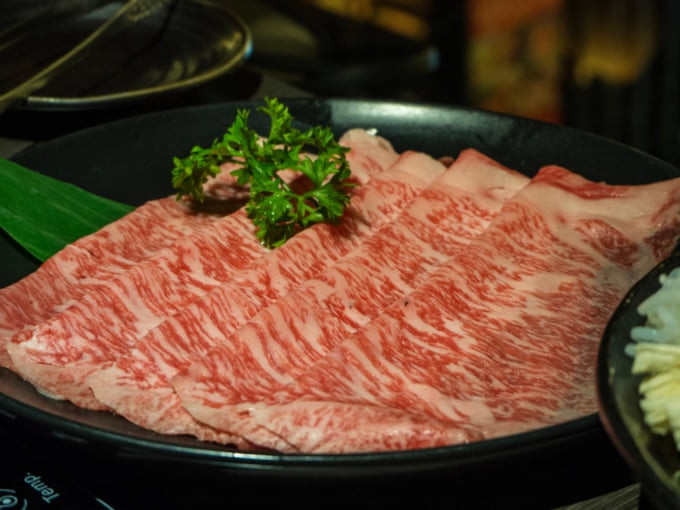
Photo by PornpipatS/Shutterstock
Kobe beef shares its origins with two other kinds of wagyu, all coming from a species of Japanese Black wagyu cattle known as Tajima. The cattle are raised in the Fukano Valley in Mie Prefecture and produce some of the most highly sort-out cuts of beef. Matsusaka beef is often some of the most expensive you can buy due to its highly pampered cows that are often fed beer and receive frequent massages. To label the beef as Matsusaka beef also requires strict guidelines and marbling standards.
Due to the rural location of Matsusaka, in one of Japan's lesser known prefectures, this kind of wagyu is hardly known outside of Japan, only recognized by the more hardcore wagyu enthusiasts.
Yonezawa Beef
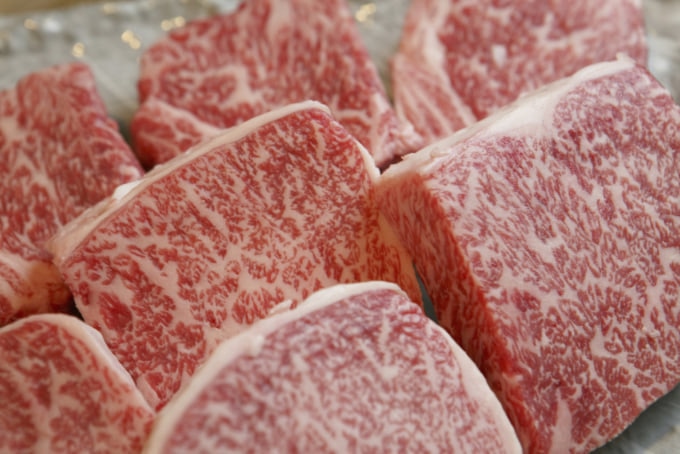
Photo by KPG_Payless/Shutterstock
Travel further up north to Japan's picturesque prefecture of Yamagata and you'll find that here Yonezawa beef is king. The key to the taste of this meat is said to be in the kind of feed given to the cattle, the cows are reared on a special 'fattening method' for 32 months using straw grown in Yamagata Prefecture. The lines of fat are so soft and buttery that A5 wagyu cuts of Yonezawa beef start melting at the touch of a hand.
Shinshu Beef
Home to the Japanese Alps, Nagano once known as Shinshu uses its own unique method to breeding wagyu there. To supplement their standard diet, the animals are fed apples, a famous produce of the region along with various other local ingredients. Due to their unique diet, the beef is said to have a stronger flavor than other types of wagyu, along with a sweet aftertaste that apparently comes from their diet of apples.
Ohmi Beef

Photo by KPG_Payless/Shutterstock
Along with Kobe and Matsusaka, Ohmi or Omi beef is one of the 'three most famous' types of wagyu in Japan. Ohmi wagyu comes from Shiga Prefecture and is claimed to be the oldest variety of wagyu in the country, with a history of around 400 years.
If you're visiting Kyoto, which is next to Shiga Prefecture, consider trying this style of wagyu instead of the more well-known Kobe.
Iwate Beef
One of the few brands of beef that don't come from the Japanese Black, Iwate beef uses Japanese Shorthorn for their cattle. Unlike most other kinds of wagyu that are known for their heavy marbling, Iwate beef is often a little leaner without losing any points on flavor.
Olive Wagyu

Photo by OAAG/Shutterstock
Growing in popularity in recent years, olive wagyu is raised on select farms on Shodoshima Island in Japan's Kagawa Prefecture. As the region is known as one of the few places olive oil is produced within Japan, the cows here are fed on a diet that includes olive pulp, high in oleic acid a healthier fatty acid, these cuts of 'olive wagyu' have a wonderfully soft and melt-in-the-mouth texture. Due to limited production in this small region, this olive-fed wagyu beef often comes at a high price. Shodoshima's olive wagyu usually ranks at A5 wagyu for its high fat content, if you're visiting the area, there's no need to worry about quality.
Conclusion
Different styles of wagyu beef are found all over Japan, each using their own unique methods and species to create a style of meat different to each other. If you're travelling around the islands of Japan, make sure to sample different kinds of wagyu as you go.
If it's your first time trying wagyu in Japan, we'd recommend you spend a little extra on some delicious A5 wagyu and try it at a restaurant specializing in cooking wagyu steak. While wagyu burgers or wagyudon meals might seem tempting at a low price point, they often use lower quality wagyu than what you'll find at a steak or teppanyaki restaurant.
For places to try A5 wagyu beef in Tokyo: 4 Recommended Yakiniku Restaurants to Check Out in Tokyo

